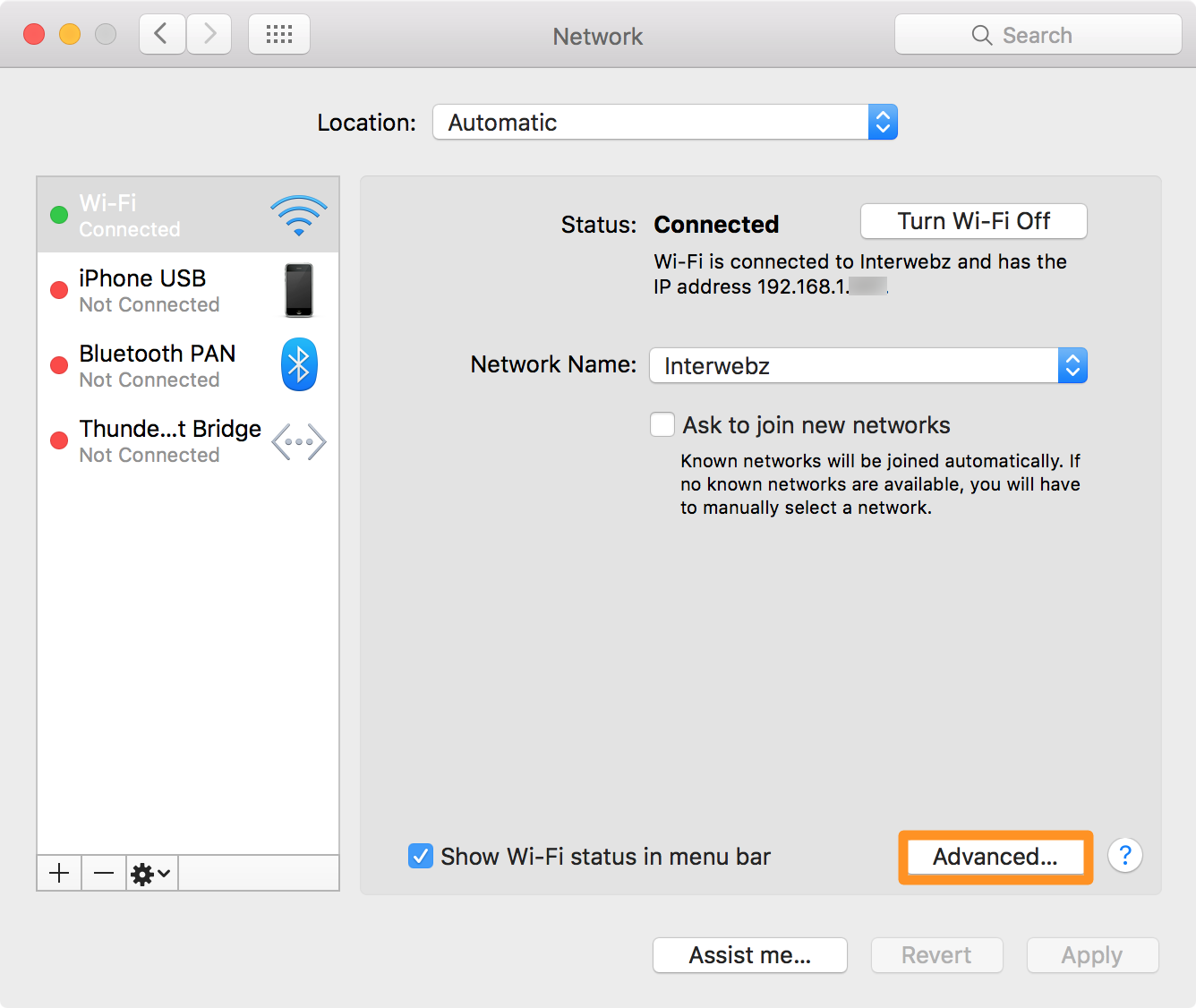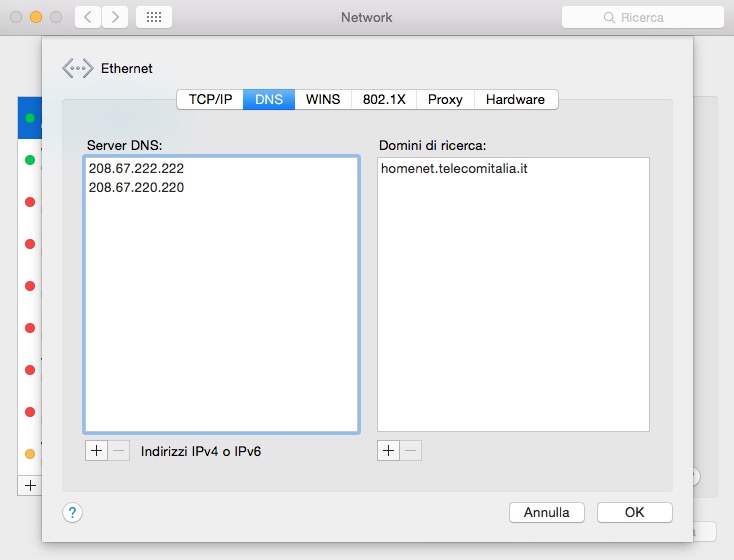

I'll then click on Advanced and you see DNS. Under System Preferences you can go to Network and then you click on whatever it is that you're using for network. So, you have the power to say don't use the default DNS.

:max_bytes(150000):strip_icc()/001-how-to-change-your-macs-dns-settings-0a2812b491274e3a81a86ad0a63b1c88.jpg)
Maybe even just temporarily and you can have trouble. Or their library, their database can be messed up. It's actually a whole server or process on a server that's serving up these numbers. Sometimes there can be problems with their DNS server. So your cable modem or DSL provider, your mobile provider, there's thousands and thousands of different ways you can get DNS and quality can vary. DNS is usually provided by your internet service provider. The problem is that sometimes DNS doesn't work. So DNS works by translating a name like to a number like this and that's how you load the website with this real address that you never really see as a user. But for smaller websites there will be a specific web address. Of course a big site like is going to have multiple addresses kind of like an office has multiple places. As a matter of fact you can go to Network Utility which comes with your Mac, and you can look up and type in and do a lookup and it will tell you that, for instance, the address for is this right now. It has to be, you know, a street number, and a street and zip code and all of that. It's not an address that mail can get delivered to. Basically, when you go to a website you might go to a site like but that's not a real address. What is DNS? It stands for domain name system. It's changing your DNS to use the free Goggle DNS. Video Transcript: So if you find that you're having trouble accessing websites there's one trick that experts know to try right away. Check out Bypassing Internet Problems With Using Google DNS at YouTube for closed captioning and more options.


 0 kommentar(er)
0 kommentar(er)
